Now Reading: Top 5 Best Places Visiting in Gwalior – Forts, Palaces & Cultural Landmarks
-
01
Top 5 Best Places Visiting in Gwalior – Forts, Palaces & Cultural Landmarks

Top 5 Best Places Visiting in Gwalior – Forts, Palaces & Cultural Landmarks
1.Gwalior Fort
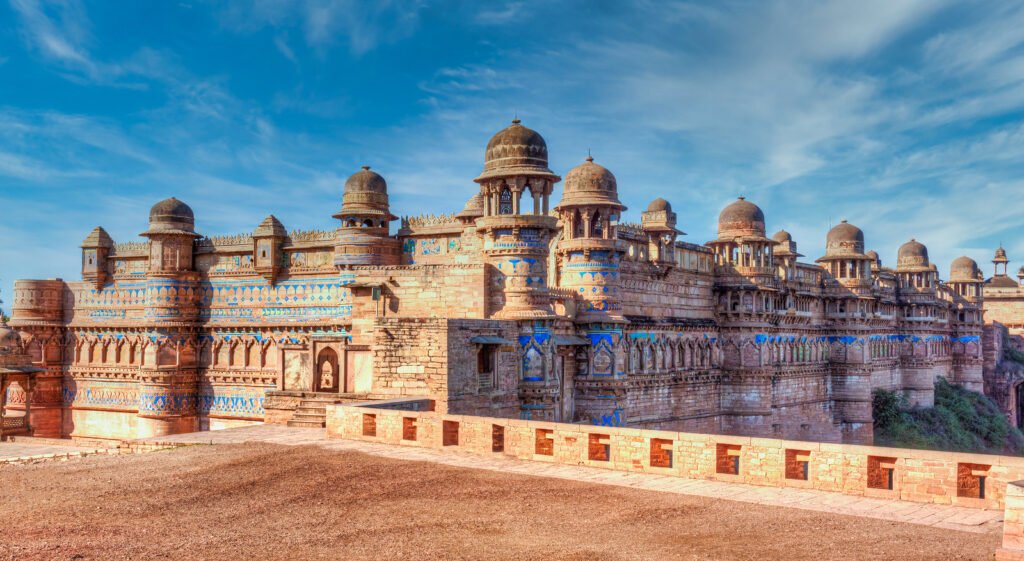
Gwalior City’s most notable symbol and one of the greatest fortifications in India elevates itself above the urban landscape from its elevated sandstone hillock. This architectural masterpiece stands at the top of a challenging sandstone hill while narrating the stories of religious devotion along with valorous actions and enduring spirit.
Historical tales reveal that the fort builders constructed it to respect Sage Gwalipa for his saintly actions that cured the king of his serious illness. The legend recounts that the king received healing from his illness after drinking water which came from a holy pond located inside the fort complex when it was offered by the sage. Because of his deep appreciation the king constructed a magnificent fort which he dedicated to the sage and thus created Gwalior as a new city.
History
- Multiple important historical events took place within Gwalior Fort as it spanned across several centuries. Through its existence Gwalior Fort has experienced the imprisonment of rulers who fought numerous fierce confrontations and witnessed royal disputes along with the wartime ritual of jauhar that involved self-destruction of women. Multiple dynasties have taken control of this site to observe its multiple dynastic ascendancies and declinations.
2.Jai Vilas Palace

The Jai Vilas Palace holds its position in central Gwalior as India’s old royal times revealed through a magnificent structure. The Scindia family currently inhabits the grand estate which combines European architecture with Indian heritage while showing both elegance and heritage regalia. Visitors possess two reasons to appreciate the Jai Vilas Palace as it invites history aficionados through heritage halls that relate royal stories of both legacy and opulence.
Built in the 19th century the Jai Vilas Palace presents an extraordinary mix of 19th century Corinthian and Tuscan architectural elements. The Italianate structure sets this building apart from other royal palaces in India creating an exceptional architectural masterpiece. The building process paid attention to each detail on both the exterior and the elaborate interiors which creates sheer brilliance.
Thirty-five rooms at the Jivaji Rao Scindia Museum have obtained their new identity after converting a sizable portion of the palace into this space. The Scindia rulers’ luxurious life is displayed through historical artifacts alongside precisely chosen decorations that vividly recount historical events throughout these palace rooms. The tour through this museum provides visitors with a royal journey through time because each area reveals significant historical moments.
3.Teli ka Mandir
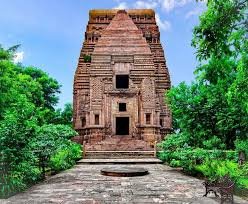
The towering Teli Ka Mandir manifests itself as a remarkable Indian construction which exists within the fortress walls of Gwalior Fort. Visitors should visit this historic temple because it stands as the tallest structure inside Gwalior Fort while attracting history buffs as well as architecture lovers together with spiritual seekers.
Teli Ka Mandir reaches heights of about 100 feet making it an exceptional work of architecture. The distinctive characteristic of this temple results from its blending of North Indian and Dravidian architectural elements. The temple shows Dravidian characteristics through its shikhara spire design along with North Indian detail work on decorations and inner sanctuary space.
Architectural Marvel
- Teli Ka Mandir obtained its name from a particular historical situation. Folklore claims that the temple builders attained their construction funds from oil traders known as Teli within Hindi language. The temple’s main gate features this historical information thus revealing its unusual relationship which earned it its present name.
- The temple displays rare artistic unity by combining Buddhist artistic traditions with those of other traditions. Every section of this structure showcases through its pillars and serpents the exceptional craftsmanship possessed by artisans from that time period.
Spiritual Significance
- Sketches of Lord Vishnu decorate the temple complex because it honors the deity with breathtaking depictions of his sacred mount Garuda. A spiritual energy emerges from inside and outside of the temple which creates a tranquil spot for meditation and divine encounter.
4.Gopachal Parvat

Those who appreciate history or architecture together with spiritual discovery must visit Gopachal Parvat in Gwalior. Standing inside the Gwalior Fort you will discover an often neglected site which displays numerous ancient Jain rock-cut sculptures that recount historical stories through the ages.
What Makes Gopachal Parvat Special?
At Gopachal Parvat you will find an exceptional group of Jain rock-cut sculptures that extend from the 7th to the 15th centuries. The awesome rock carvings directly cut into cliff walls of the fort complex offer people a gate to historical spiritual times.
You will stumble upon impressive Jain Tirthankara statues while exploring the site which show these holy figures either meditating on a lotus throne or standing peacefully in deep thought. These vast statues create a sense of humbleness because their serene presence balances with their complex craftsmanship during the era.
- The ancient Indian artisans demonstrated their great skills through precise work on these enormous architectural sculptures.
- The site reveals across multiple centuries about the growth of Jain culture in Central India throughout its history.
- A visit to the site creates peaceful vibes because its serene atmosphere and beautiful natural scenery combine to offer a relaxed day trip experience.
5.Gujari Mahal
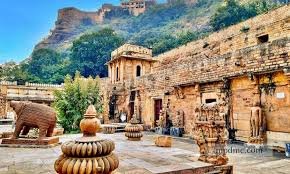
The Gujari Mahal continues to represent remarkable heritage with architectural perfection as it resides within the royal embrace of Gwalior Fort in Madhya Pradesh. King Man Singh Tomar dedicated the 15th-century palace to his queen Mrignayani of the Gujar community when he built it. This palace showed his adoration for a powerful independent woman.
Without equal Mrignayani distinguished herself from other royal wives through her unique blend of attractiveness together with her brave attitude and innovative thinking. Gujari Mahal emerged from King Man Singh’s dual goal of delivering continuous water to his family while fulfilling his queen Mrignayani’s desire to maintain independence from the royal court. Thus he had the palace built with water drawn directly from the River Rai.
The palace served as an emotional testament to royal affection and an eternal romantic tale which the king crafted from stone and lime materials.
Related articles : Top 3 Best Places Visiting in Guna – Forts, Temples & Natural Retreats
Stay Informed With the Latest & Most Important News
Previous Post
Next Post
-
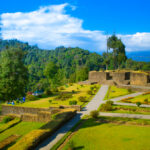 01Top 5 Best Places Visiting in Gyalshing – Monasteries, Lakes & Scenic Escapes
01Top 5 Best Places Visiting in Gyalshing – Monasteries, Lakes & Scenic Escapes -
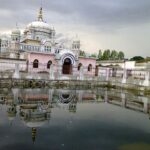 02Top 5 Best Places Visiting in Panna – Temples, Waterfalls & Wildlife Escapes
02Top 5 Best Places Visiting in Panna – Temples, Waterfalls & Wildlife Escapes -
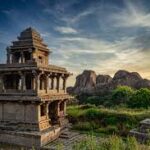 03Top 2 Best Places Visiting in Chitradurga for History, Nature & Adventure
03Top 2 Best Places Visiting in Chitradurga for History, Nature & Adventure -
 04Top 10 Best Places Visiting in Dakshina Kannad for Culture, Nature & Coastal Charm
04Top 10 Best Places Visiting in Dakshina Kannad for Culture, Nature & Coastal Charm -
 05Top 5 Best Places to Visit in Malerkotla – Malerkotla Fort, Sheesh Mahal & More
05Top 5 Best Places to Visit in Malerkotla – Malerkotla Fort, Sheesh Mahal & More -
 06Best Places Visiting in Shopian – Explore Top Attractions & Hidden Gems
06Best Places Visiting in Shopian – Explore Top Attractions & Hidden Gems -
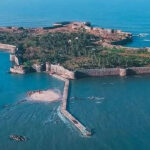 07Top 10 Best Places to Visit in Sindhudurg for Beaches, Forts & Nature
07Top 10 Best Places to Visit in Sindhudurg for Beaches, Forts & Nature












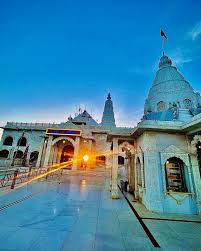

Pingback: Top 10 Best Places Visiting in Shimla – Colonial Charm, Scenic Views & Temples